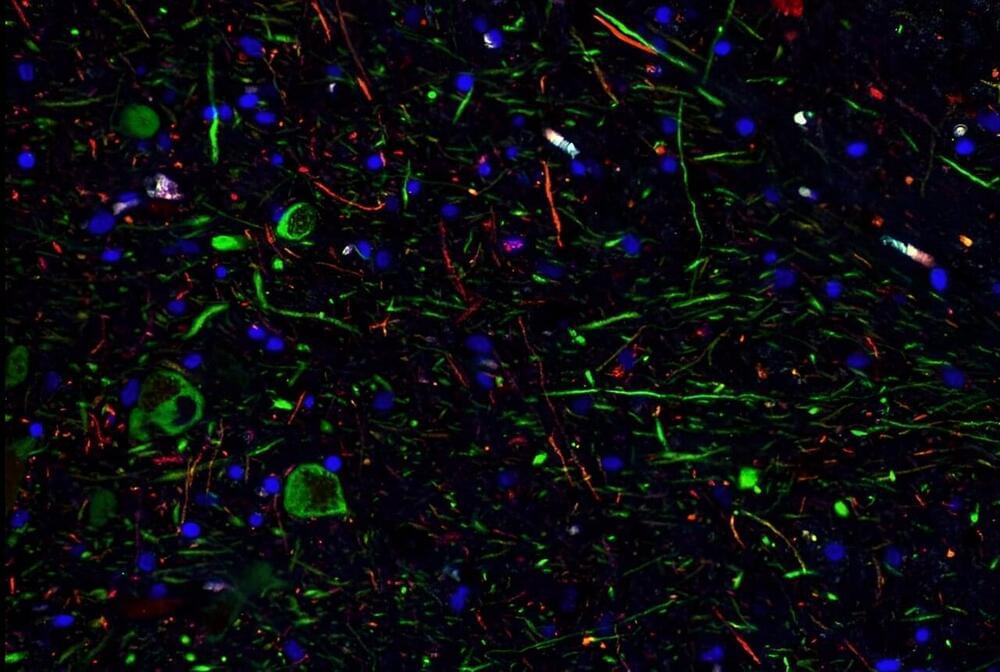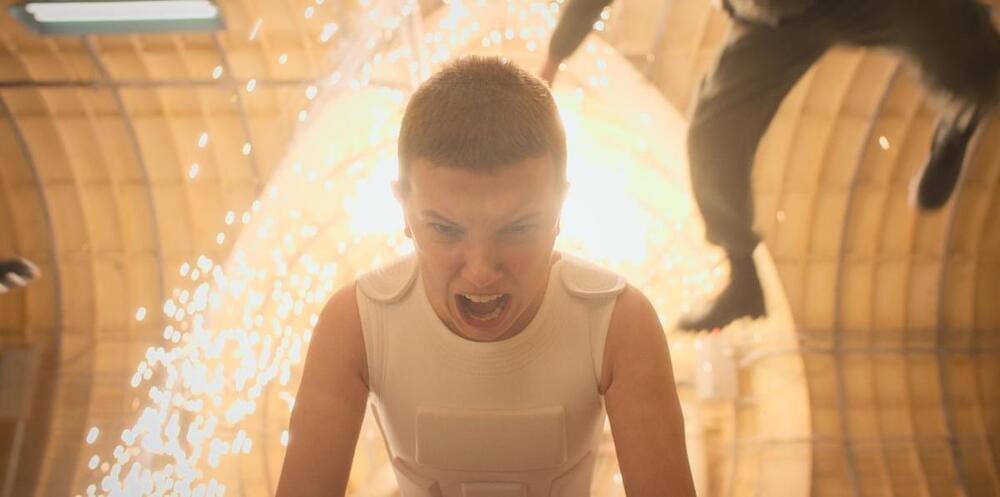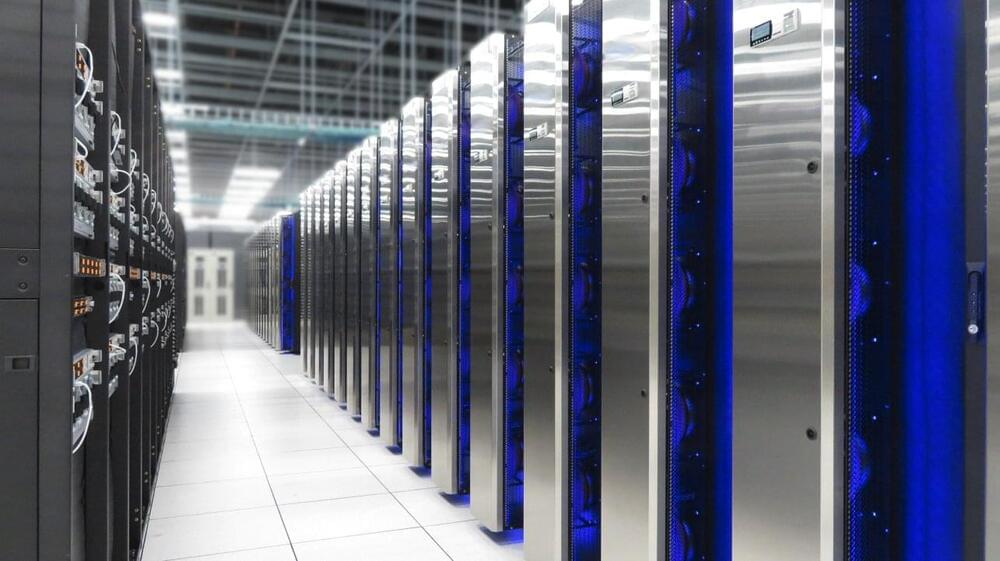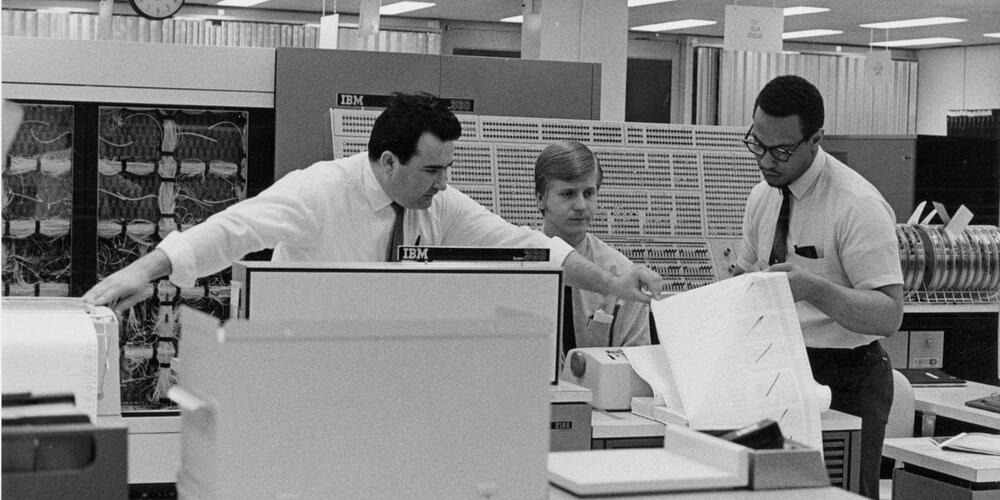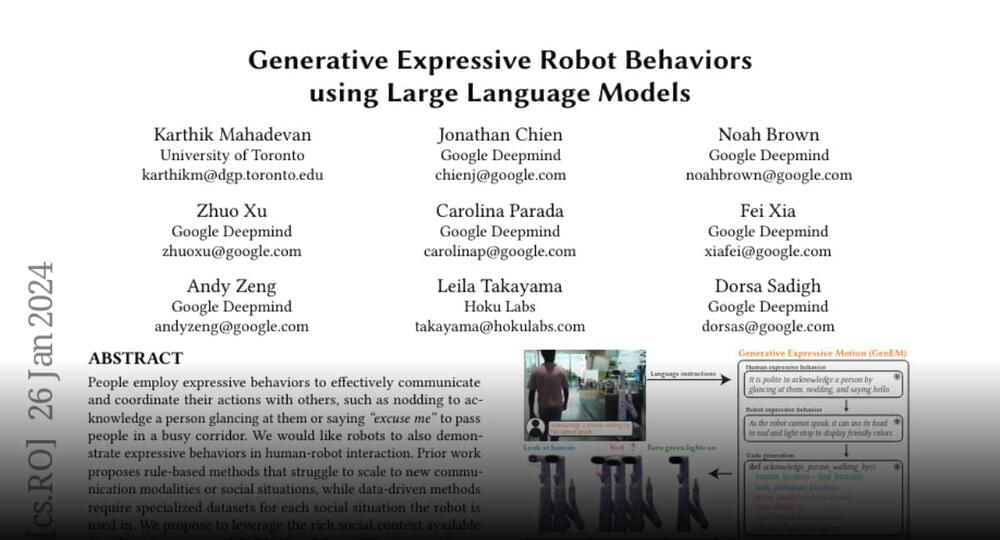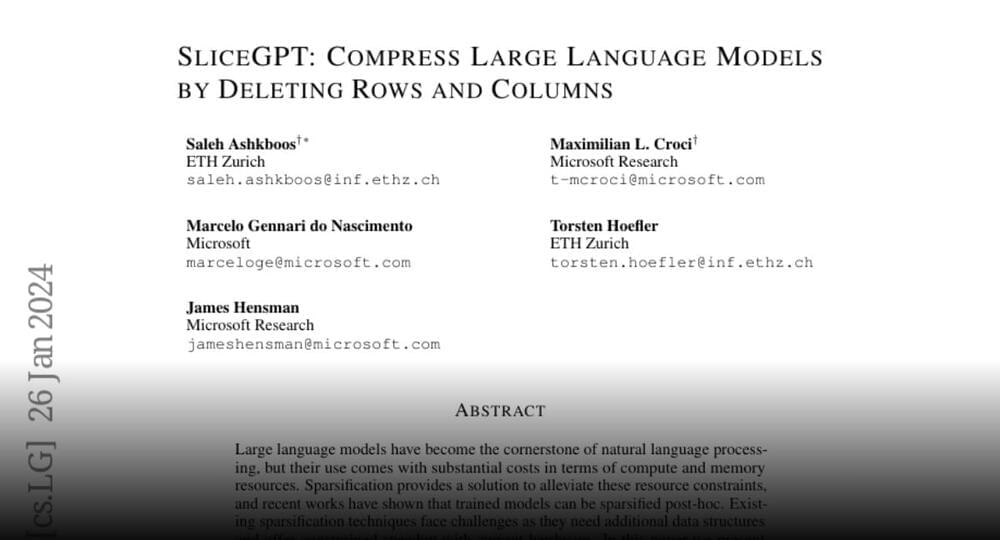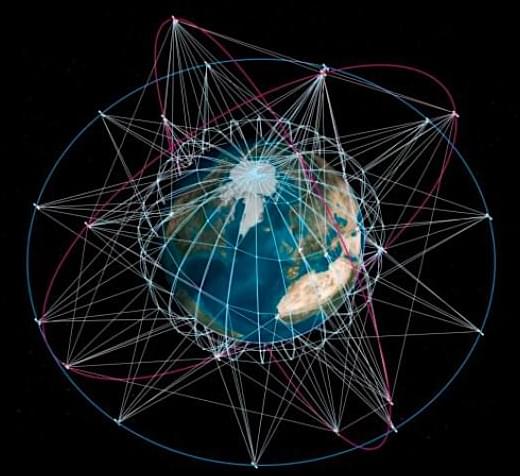Columbia researchers analyzing images from NASA’s James Webb Space Telescope have found that galaxies in the early universe are often flat and elongated, like breadsticks—and are rarely round, like balls of pizza dough.
“Roughly 50 to 80% of the galaxies we studied appear to be flattened in two dimensions,” explained Viraj Pandya, a NASA Hubble Fellow at Columbia University and the lead author of a new paper slated to appear in The Astrophysical Journal that outlines the findings. The paper is currently published on the arXiv preprint server.
“Galaxies that look like long, thin breadsticks seem to be very common in the early universe, which is surprising since they are uncommon among galaxies in the present-day universe.”

